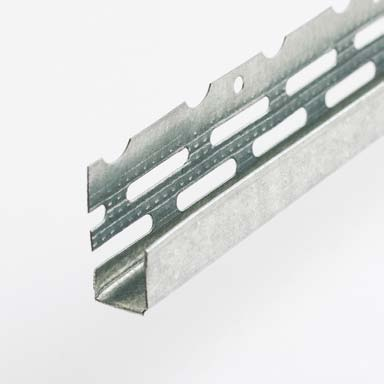Cornelius
Well-Known Member
So I'm on a job at the moment, float and set with hardwall. On the reveals though the way the windows have been put in (shambles) and also some fancy bead the architect wants, it means we are now dot and dabbing reveals and floating the wall only. I always thought it was standard practice to put a render stop bead up the window, keeping the correct margin all the way round the window frame and square angle beads off the stops and window frame. Float the reveals. Hopefully that was explained clearly enough. Now speaking to a spread today he simply just puts up the angles and freehands up to the window. Quicker but possibly not so precise. How do you guys normally set up your reveals? might sound like a daft question but just wanted to know. Cheers.

